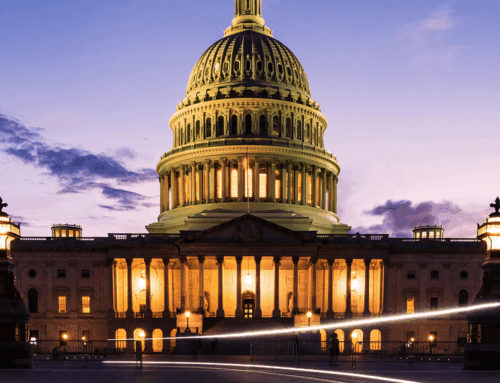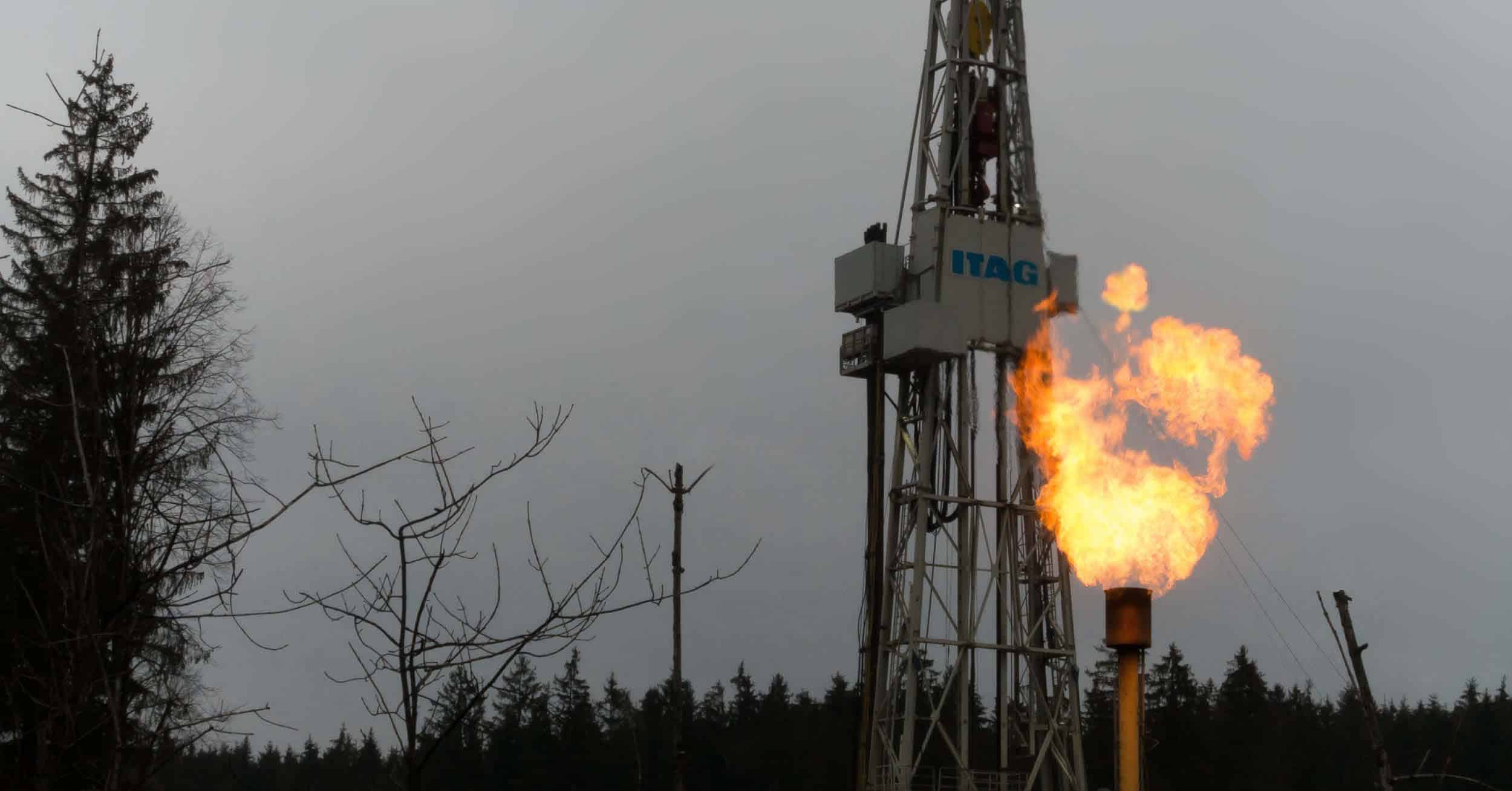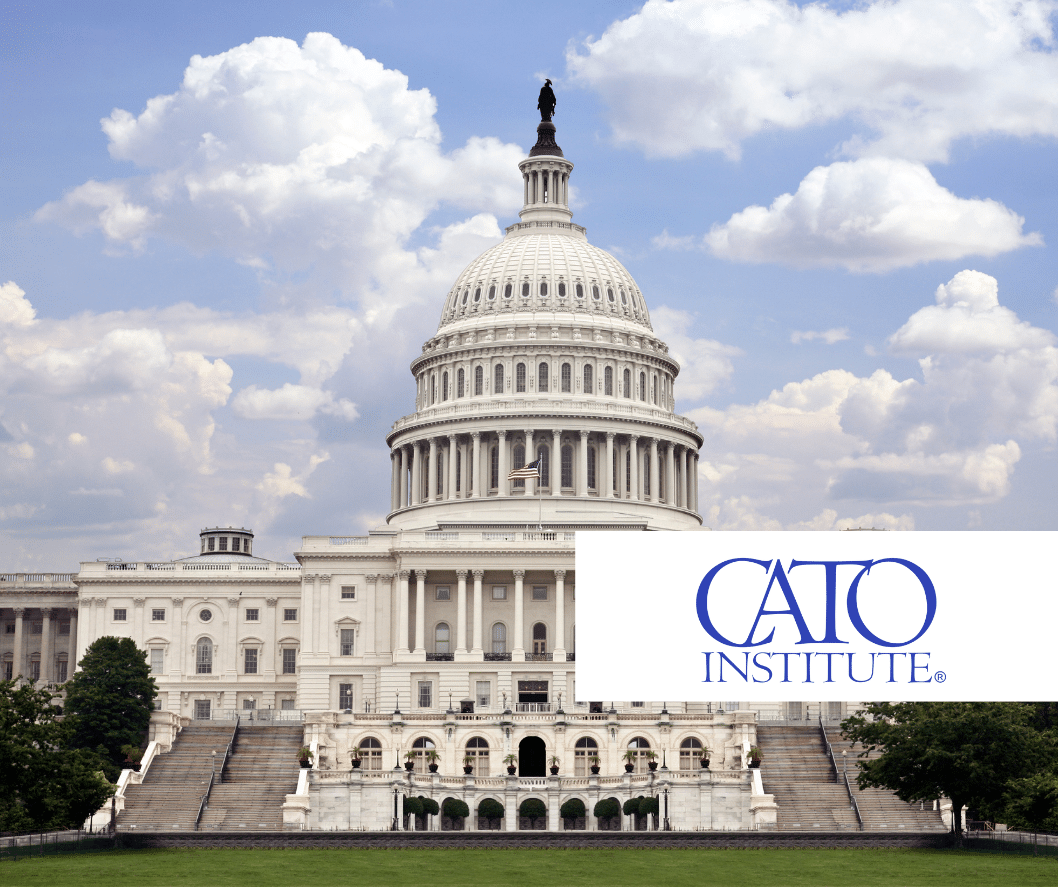Washington, D.C. – The United States Forest Service (USFS) and Department of Interior (DOI) have failed to identify communities that face a high risk of wildfire, and have not reported on what was accomplished with appropriated wildfire funds, according to a new report issued by the General Accounting Office (GAO).
“Congress provided hundreds of millions of tax dollars to reduce fire risk on millions of acres of federal land,” said Jonathan Oppenheimer, chief forest analyst at Taxpayers for Common Sense, “the problem is that no one seems to know where those lands are.”
Congress has encouraged the agencies to focus their efforts in and around communities in the Interior West, yet much of the funding has paid for projects far away from the edges of town, and most of the communities identified were in the eastern United States. Since the advent of the National Fire Plan in FY2001, the USFS and DOI have spent $796 million for Hazardous Fuels Reduction. The FY2003 budget requests $421 million more. Overall, USFS and USDI requested $2.1 billion to carry out the National Fire Plan in FY2003.
“If the fire problem is in the West, it make sense for the money to be spent in the West, it’s as simple as that,” continued Oppenheimer, a member of the core stakeholder team for the development of the Western Governors’ Association’s 10-Year Collaborative Fire Strategy.
Of the 11,376 communities identified by the federal government last fall, only 1/3 are in the West. Further, 62% of all prescribed burning, one of the primary methods of reducing fire risk, took place in the southern and eastern regions, where severe wildland fires do not pose a significant threat. The list included communities far from the nearest wildfire threat, including New Orleans, LA, Queens, NY, as well as communities in Guam, the Virgin Islands and Puerto Rico.
“The federal government has a responsibility to spend fire plan funds where there is a risk of severe fire,” said Oppenheimer, “the last time I checked, there haven’t been too many raging wildfires in Queens.”
The GAO criticized DOI for identifying 278 of 545 highest risk communities in Georgia, North Carolina, and Tennessee, “[states] that are not prone to severe wildland fires.”
The GAO report also criticized the USFS and DOI for failing to effectively coordinate their activities. The report echoes a recommendation of the National Academy of Public Administration to establish an interagency national council to implement the Federal Wildland Fire Management Policy and the National Fire Plan. The failure of interagency, and even intra-agency collaboration results in misplaced priorities, wasted funds, and duplicitous activities.
“American taxpayers will not stand by and watch billions of dollars go up in smoke, it’s time for Congress to take action to ensure that future funds go towards the areas that really need them,” concluded Oppenheimer.
Taxpayers for Common Sense authored last year’s “From the Ashes” report, an analysis of firefighting during the 2000 fire season.
Contact: Jonathan Oppenheimer
(202) 546-8500 x132










